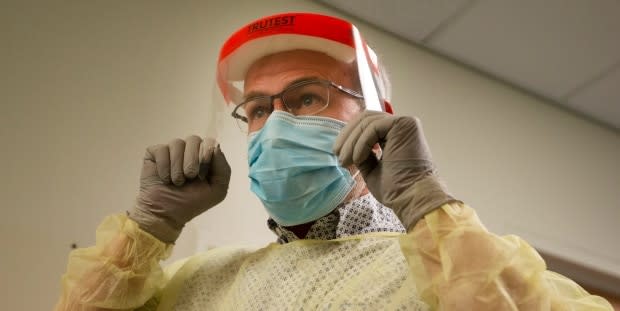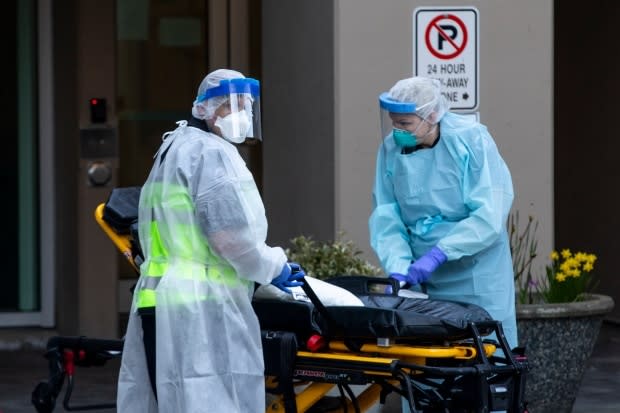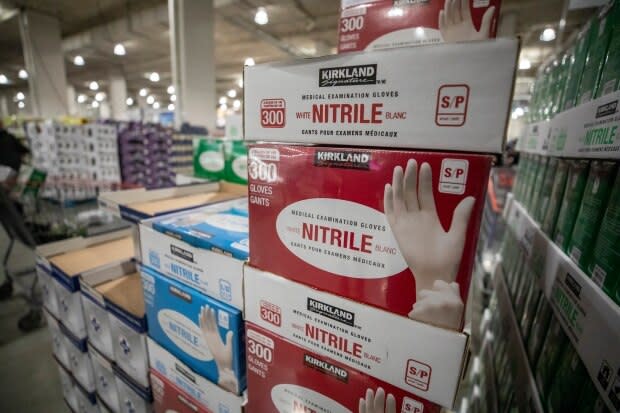Here are the medical supplies needed in B.C. and how you can donate
One of the most critical questions around COVID-19 has been whether there will be enough medical supplies and personal protective equipment for health-care workers.
If you have medical resources you want to donate — here's what you need to know:
On Wednesday a one-stop online resource became available for British Columbia businesses with medical supplies who are open to donating.
The website, called the COVID-19 Supply Hub, has been set up to triage supply offers from business and other organizations.
The City of Vancouver has also set up Give a Hand Vancouver, a digital portal to collect large-quantity donations of medical supplies, cleaning products or food from businesses and organizations in the city. The website includes information about how individual residents can make smaller-scale donations.
Vancouver residents who want to make a financial donation are encouraged by the city to donate to the Vancouver Foundation's Community Response Fund.
Here's a list of what is needed — and how you can check whether the equipment you have is up to standard. Only unopened and unused items will be accepted.
1. Disposable respirators
The following type of respirator will be accepted:
P95, P99, and P100 masks.
R95, R99, and R100 masks.
N95, N99, and N100 masks.
Approved masks will have the following texts printed on them:
The type of certification — for example, "NIOSH."
The type of approval.
The manufacturer's name and model number.
Tap here for more information on how to identify a proper N95 mask.
2. Elastomeric half or full-face piece respirators
An approved elastomeric respirator will also have the following text printed on the mask:
The type of certification — for example, "NIOSH."
The manufacturer name — for example, "3M" or "North."
The model number.

3. Powered air-purifying respirator
According to SafeCare BC, these are "battery-powered blowers that provide positive airflow through a filter, cartridge, or canister to a hood or face piece."
Accessories like the charger, battery, filters and blower tube are also needed.
An approved respirator will have the following text printed on the blower unit:
The type of certification — for example, "NIOSH."
The manufacturer name — for example, "3M" or "North."
The model number.

4. Surgical masks or procedural masks

5. Eye protection, including glasses, goggles, and face shields

6. Protective gowns
Gowns should be fluid-resistant and long-sleeved to cover the wrists.

7. Examination gloves
Appropriate examination gloves will be labelled with specific words, for example:
Health care, examination, patient examination, sterile, medical-grade.
Nitrile vinyl, latex or nitrile gloves will all provide adequate protection.

8. Hand sanitizer (60 per cent alcohol or higher) and medical-grade disinfectant wipes.


